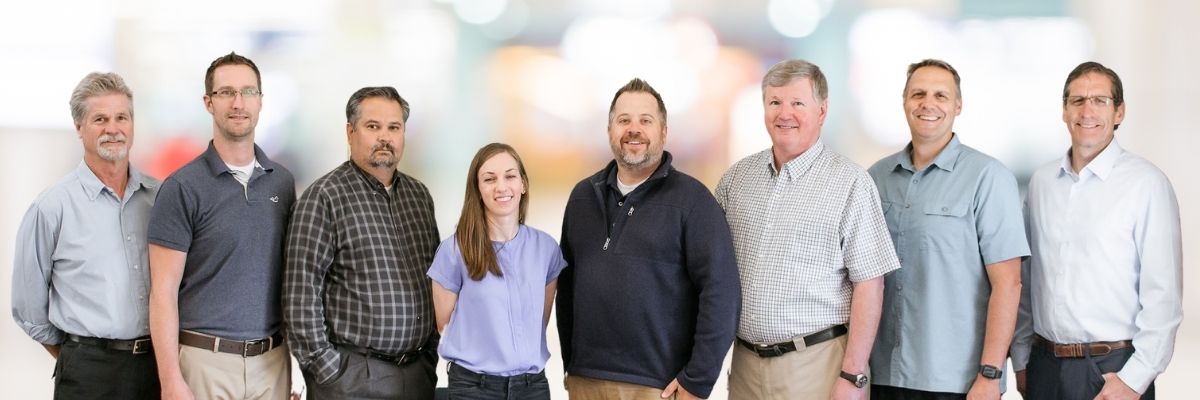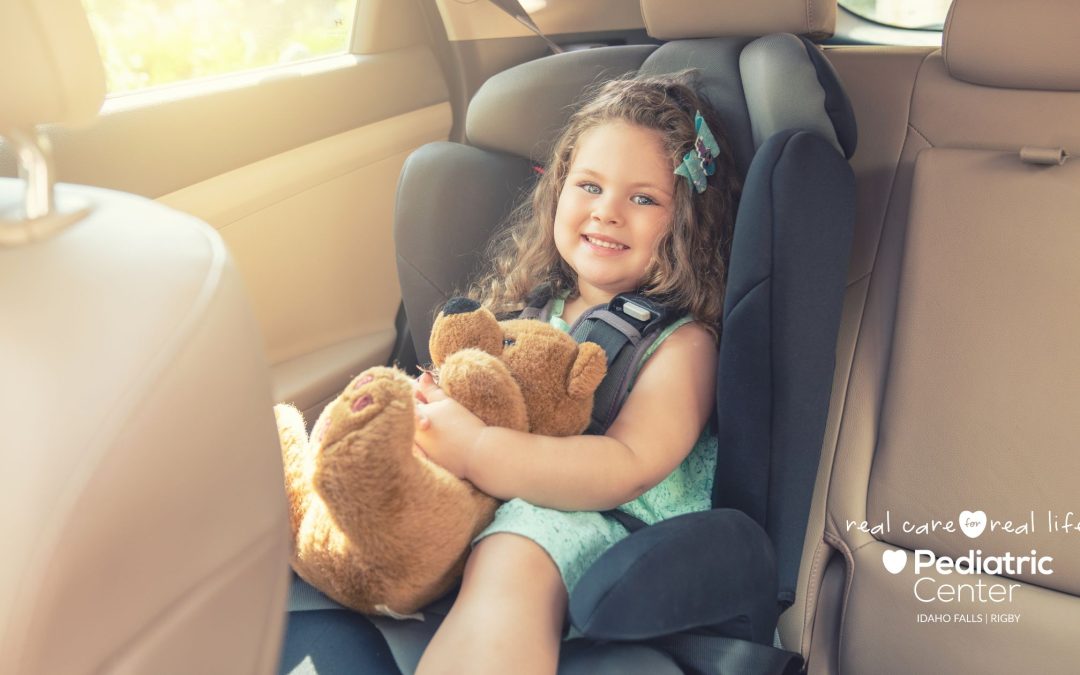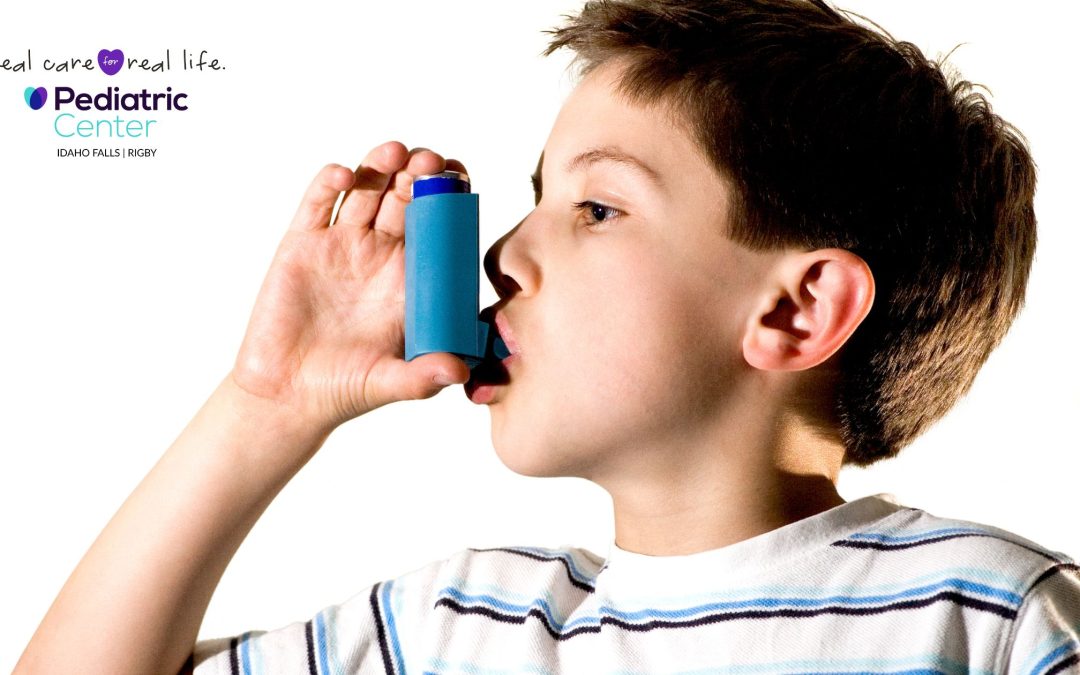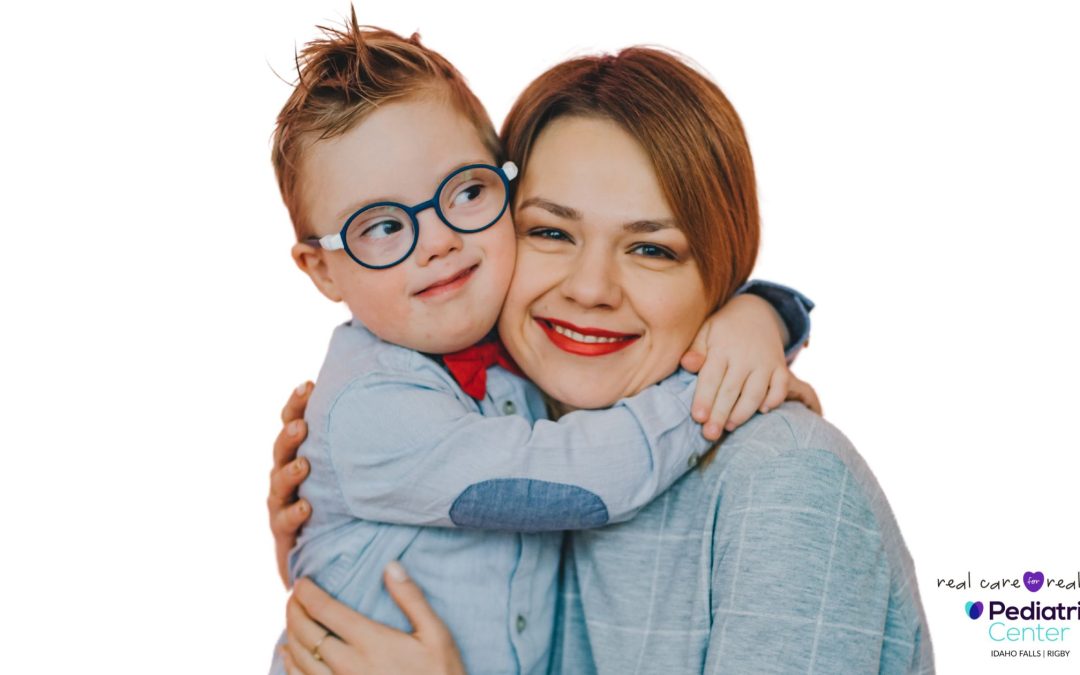
Autism Awareness: Early Diagnosis and Care at the Pediatric Center
April is Autism Awareness Month, a time dedicated to increasing understanding, acceptance, and support for individuals with autism spectrum disorder (ASD). At the Pediatric Center, we are committed to providing compassionate care and guidance for families navigating an autism diagnosis. Understanding the signs of autism, available support options, and how early intervention can make a difference is essential for every parent and caregiver.
Key Takeaways
-
Autism spectrum disorder (ASD) affects communication, behavior, and social interaction, and symptoms vary widely.
-
Early intervention is essential for improving a child’s communication and developmental skills.
-
Common signs of autism include delayed speech, repetitive behaviors, sensory sensitivities, and difficulty with social interactions.
-
Support strategies such as therapy, structured routines, and sensory-friendly environments can help children thrive.
-
The Pediatric Center offers comprehensive autism screenings, diagnosis, and healthcare support for children with ASD.
Understanding Autism
Autism spectrum disorder (ASD) is a neurodevelopmental condition that affects how a person perceives and interacts with the world. It impacts communication, social interactions, and behavior, and symptoms can vary from mild to severe. While there is no known cure, early intervention and personalized support can help children with autism reach their full potential.
Recognizing the Signs of Autism in Children
Recognizing the signs of autism early can make a significant difference in how children are supported and how quickly they can benefit from intervention programs. Here are some common signs of autism in children:
-
Delayed speech and language development
-
Repetitive behaviors such as hand-flapping or rocking
-
Difficulty with eye contact and social interactions
-
Sensory sensitivities to light, sound, or textures
-
Resistance to changes in routine or environment
-
Limited interest in typical play or imaginative activities
Ways to Help Kids with Autism Thrive
Each child with autism is unique, and individualized support can help them develop essential skills. Some effective strategies include early intervention programs, structured environments, communication aids, sensory-friendly experiences, and social interaction support. Consistency, patience, and understanding are key to fostering growth and independence.
Teaching Children to Be Inclusive and Supportive
Helping children understand and support their peers with autism fosters an inclusive and accepting community. Teach your child that everyone communicates and interacts differently and that kindness and patience go a long way. Encourage them to:
-
Be patient with friends who may struggle with communication or social cues.
-
Include children with autism in activities and group play.
-
Respect sensory sensitivities and personal boundaries.
-
Learn about autism and ask questions in a respectful manner.
By educating children about autism, we can create a more supportive and compassionate environment for all.
How the Pediatric Center Can Help
At the Pediatric Center, we understand that an autism diagnosis can feel overwhelming. Our experienced providers offer comprehensive evaluations, developmental screenings, and personalized healthcare plans to support children with autism and their families. We follow a thorough diagnostic process that includes observation, developmental history, and standardized assessments to accurately assess your child’s needs. Our team works closely with specialists to ensure every child receives the best possible care, including therapy referrals and developmental support.
Frequently Asked Questions about Autism
What causes autism?
The exact cause of autism is unknown, but research suggests a combination of genetic and environmental factors may contribute to its development.
At what age can autism be diagnosed?
Autism can often be detected as early as 18 months, but a reliable diagnosis is typically made by age 2-3 years.
Can autism be cured?
There is no cure for autism, but early intervention, therapy, and support can significantly improve a child’s ability to communicate, learn, and interact with others.
Does every child with autism have the same symptoms?
No, autism is a spectrum disorder, meaning symptoms and severity can vary widely from person to person.
How can I support my child after a diagnosis?
Seek guidance from healthcare professionals, explore therapy options, and connect with support groups to ensure your child receives the best care and resources.
Unlocking Your Child’s Full Potential
Autism Awareness Month is about more than awareness—it’s about action. Let’s work together to build a world that supports every child’s potential.
If you have concerns about your child’s development or need guidance on autism-related care, contact the Pediatric Center for an appointment. Together, we can create a supportive and nurturing environment that helps your child thrive.
The information provided in this blog is for educational purposes only and is not intended as medical advice. If you have concerns about your child’s development or suspect they may have autism, please consult with a healthcare professional or pediatric specialist. The Pediatric Center is here to offer guidance, diagnosis, and personalized care. Always seek the advice of your physician or another qualified healthcare provider with any questions you may have regarding your child’s health and development.





